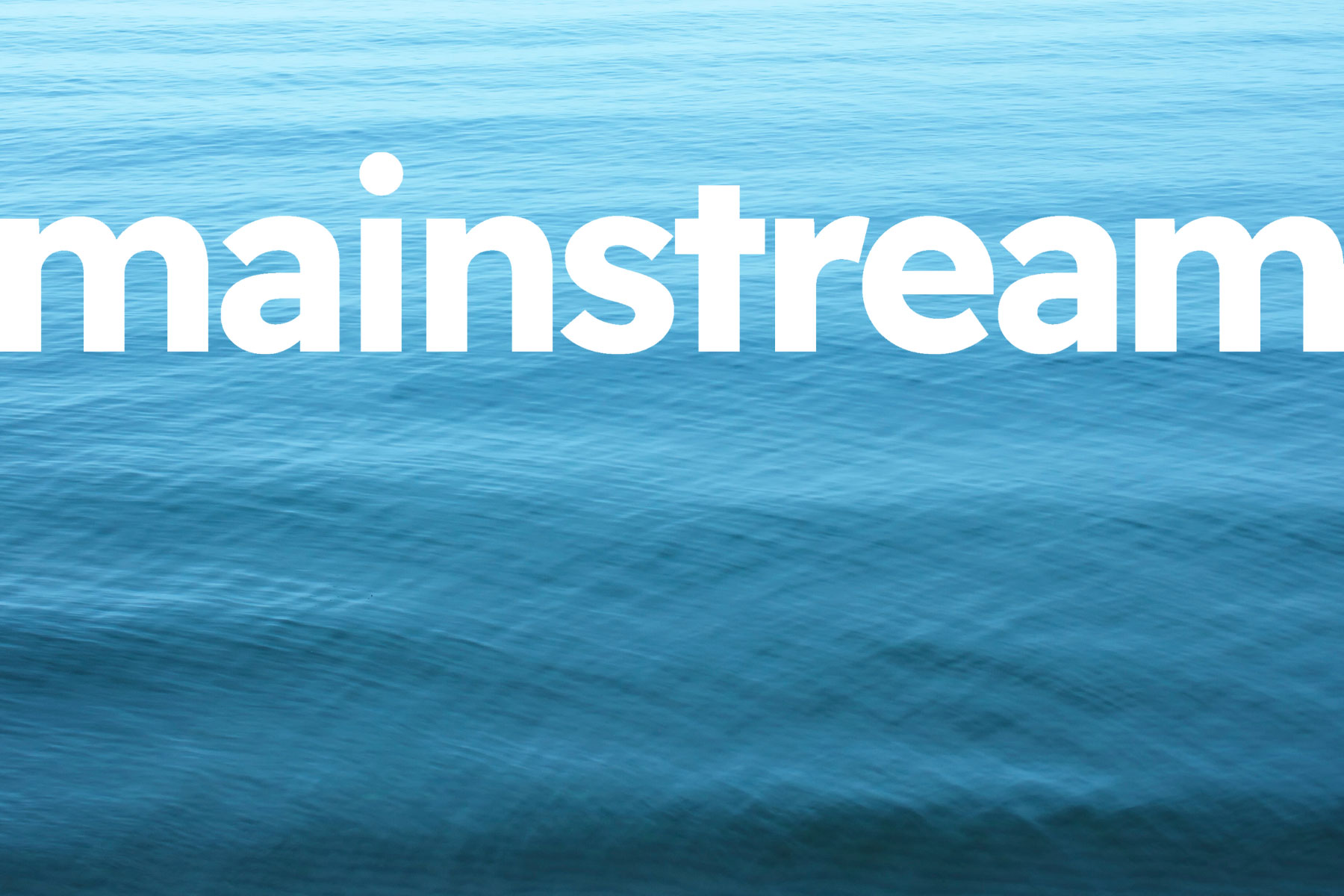Of the conditions applicable to a company when seeking to raise funds under EIS, there is a general requirement that the shares on such investment must be issued on within seven years of the company’s first commercial sale of its goods or services. Often, however, additional qualifying funding can be raised outside of this window where certain conditions are met. This can be a valuable source of additional funding for the company and an additional tax benefit for investors and can also be obtained retrospectively.
Introduction:
If your trading company is relatively new and you are or have been seeking early-stage growth, you may well have raised money under the Enterprise Investment Scheme (EIS). EIS is a very attractive investment route for individual investors; it allows generous tax reliefs for investors on income tax, capital gains tax and inheritance tax. The availability of these reliefs for investors can make your company stand out from the crowd when seeking growth funding in a competitive marketplace.
Companies often go through more than one round of EIS funding (subject to the typical maximum limits on funding through venture capital investment routes including EIS, the Seed Enterprise Investment Scheme (SEIS), Venture Capital Trust investment or Social Investment tax Relief).
The ability of your company to issue new shares to investors which qualify for EIS is subject to a number of conditions. The focus of this article is the condition relating to the age of the company’s trade when the EIS shares to an investor would be issued.
Age of the company for EIS purposes:
EIS shares must be issued to an investor within seven years of the company’s first commercial sale of its goods or services (if the issuing company is a knowledge-intensive company at the issue date, then the deadline is either (a) ten years from the date of first commercial sale, or (b) if the company so chooses, the date from which its annual turnover exceeds £200,000). Note here that the ‘first commercial sale’ means the first sale by an undertaking on a product or service market, excluding limited sales to test the market. The EIS legislation is very prescriptive and case law has shown that even seemingly innocuous non-compliance with the strict wording of the law can prevent EIS status being attained.
It is a common misconception, however, that if a company has done an EIS funding round in the first seven years of trading, then it is barred from raising further funds under EIS once that seven-year period has ended. In fact there are three other alternative conditions which the company can still satisfy in order for the issue of shares outside the seven-year period to qualify for EIS:
1. Follow-on funding:
The age requirement can still be met if the later share issue to investors is follow-on funding for a previous relevant investment inside the seven-year period (meaning investment through EIS, SEIS, VCT, SITR as above or other investment which qualifies as risk finance).
Using EIS as an example of a relevant investment, a company may commence commercial sales on 1 January 2016. It would have had until 31 December 2022 to raise funds by the issue of new shares under EIS. However, a further issue of shares as follow-on funding can be made after 31 December 2022 where a qualifying EIS investment was made before that date.
Two points must be noted here:
- The money raised on the later share issue must be used in whole or in part for the same qualifying activity as was relevant on the initial EIS investment;
- HMRC guidance notes that the requirement for follow-on funding must have been foreseen at the time of the first EIS investment (albeit not the exact amount or when it would be required). This is not a legislative requirement, however.
2. Expansion funding:
The company may embark on activity which is so substantially different from its original qualifying EIS activity that it effectively constitutes a new business activity. In such cases, potential investors may not necessarily be able to rely on the company’s existing track record when assessing the risk of investing. The shares issued to fund this new activity can therefore also qualify for EIS, even if the new activity is undertaken more than seven years from the date of first commercial sale, if:
- the total of all relevant investments in the company in the 30 days up to and including the new EIS share issue date, add up to at least 50% of the average turnover amount of the company;
- all of the money raised must be used for entering a new product market and / or geographic market.
Companies raising money for such expansion under EIS should note that the money raised cannot be recycled for use on other activities if the venture falters, so knowing in advance how much money to raise and on what it will be spent on is crucial.
3. Follow-on funding after expansion funding:
Where a company has raised qualifying EIS funding under route 2 above, it can raise additional qualifying EIS funding later down the line which can be follow-on funding for such expansion – the money must continue to be used to support activities for entering a new product or geographical market.
The above alternative routes for EIS funding can easily be overlooked.
Retrospective action:
A major benefit for the investor is also that it is possible to retrospectively write to HMRC to have a previous investment which is outside the seven-year window designated as qualifying for EIS after it is made, so the investor can secure the valuable tax reliefs noted at the top of the article.
The process for this can in certain circumstances be reasonably straightforward. The company will already have been given permission by HMRC to issue EIS certificates to the investors upon the initial investment round (these are the certificates the investors need in order to claim their income tax relief). However, the company will not have received advance assurance from HMRC to treat the later share issue as EIS-qualifying.
It is therefore necessary to write to HMRC setting out details of the (for example) follow-on funding and enclosing various supporting documents, such as an application form and compliance statement (relating to the company, the trade and the investors), the subscription agreement and any relevant business plan relevant to the original EIS investment and / or the later investment (the process is similar to what would have been required if advance assurance had been applied for). If HMRC is satisfied that the later share issue is qualifying then they will write to the company to authorise it to issue new EIS certificates relating to the later investment. The compliance statement must generally be submitted no later than two years after the end of the tax year in which the shares were issued. We have recently secured retrospective EIS treatment for follow-on funding for a client in this way.
It should be noted that the company, the shares and the investor must still actually satisfy all of the other EIS requirements at the time of the follow-on share issue as they did on the earlier EIS investment (the alternative conditions set out above relate only to the age of an investment). In addition, the EIS requirements must continue to be met by the investor, the company and in respect of the shares themselves for the usual three-year period following their issue, to ensure that tax relief is not prejudiced.
If you are seeking advice on the issues raised in this article or on EIS generally then please contact Anthony Reeves.





